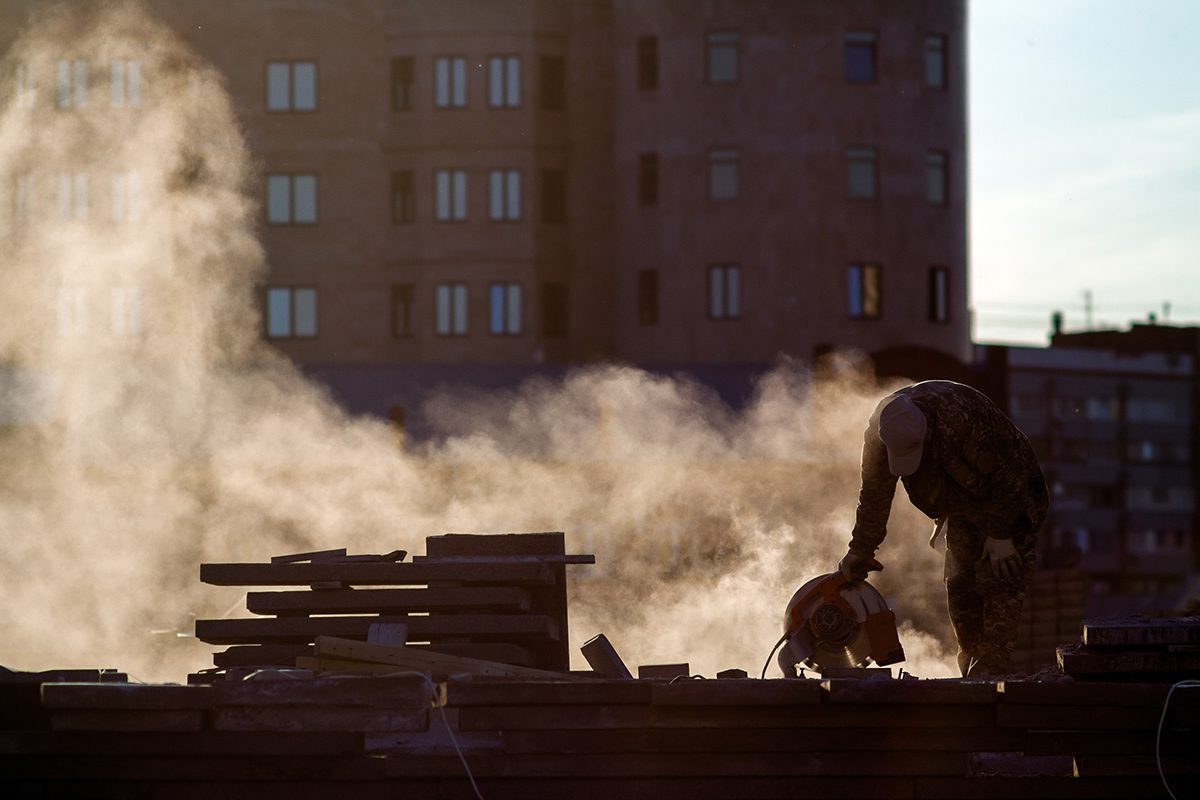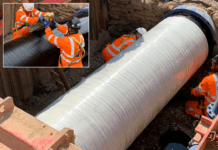
Air Spectrum Environmental writes: At Air Spectrum Environmental, we have prioritised the improvement of air quality in the industrial environment. We know how important it is to safeguard the wellbeing of the workforce, especially in high respirable risk surroundings. However, there is also responsibility to local communities as they are affected by the results of this activity and the subsequent poor air quality.
In 2023, results of a long-term study monitoring 250,000 people in the UK revealed the real-time effect of poor air quality. Over a period of 12 years, the participants developed various lung conditions, like asthma, lung cancer or chronic obstructive pulmonary disease (COPD).
The contributing pollutants include fossil fuel emissions like diesel, which enlarge our nitrogen oxide levels and is closely associated with traffic fumes. The construction industry is responsible for 7.5% of airborne pollution.
Recent funding to local councils may enable better technologies and methodologies in high-risk areas and occupations. Better investment in using suppression or dust capture could help to alleviate those now notorious community ‘dust clouds’ caused by construction sites, for example. Consistent air monitoring will inform targeted solutions in areas that really need air quality improvement. Data-driven action would increase more effective outcomes. Furthermore, by aligning with initiatives like those by the HSE (Health & Safety Executive) that has focused on site dust control in 2023, the positive impacts could be higher.
To find out more about air quality monitoring, green dust suppression methods, electrostatic dust control and more visit the firm’s website.
www.airspectrum.com







